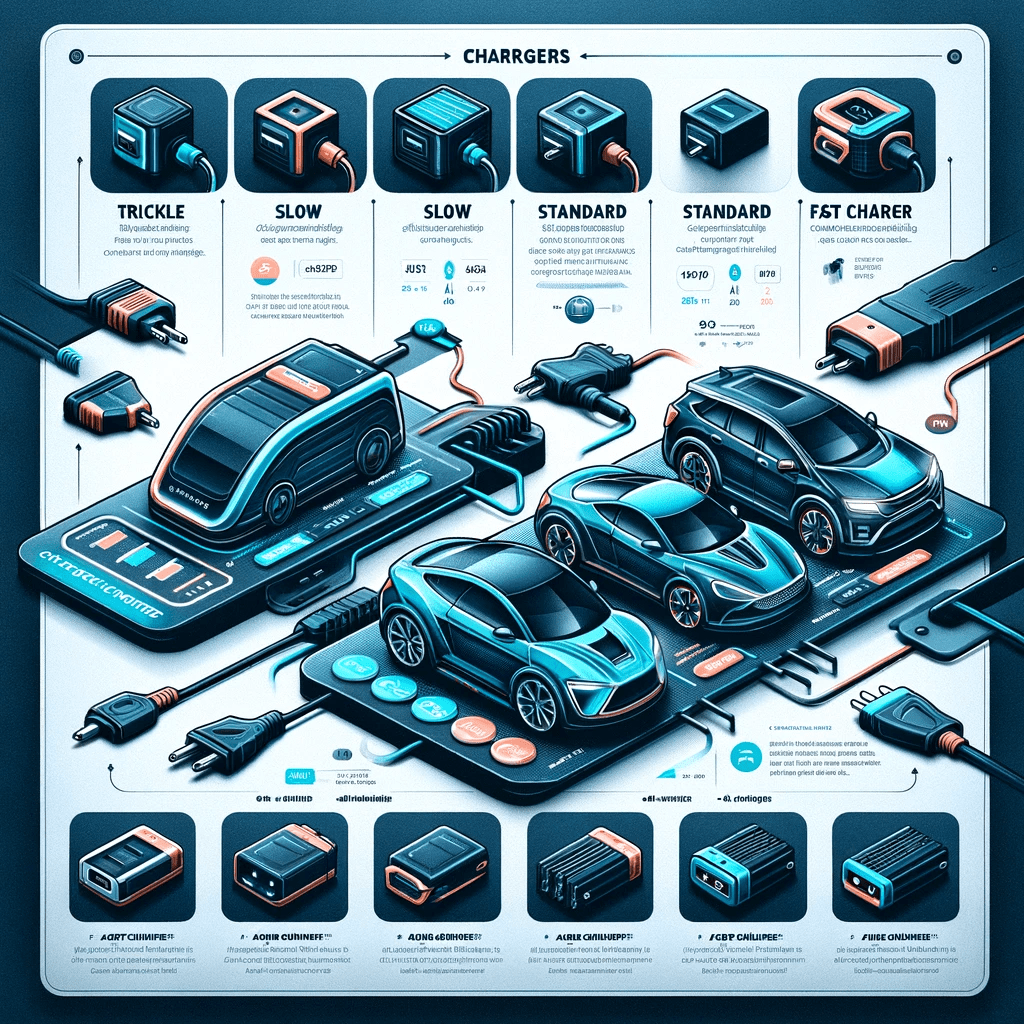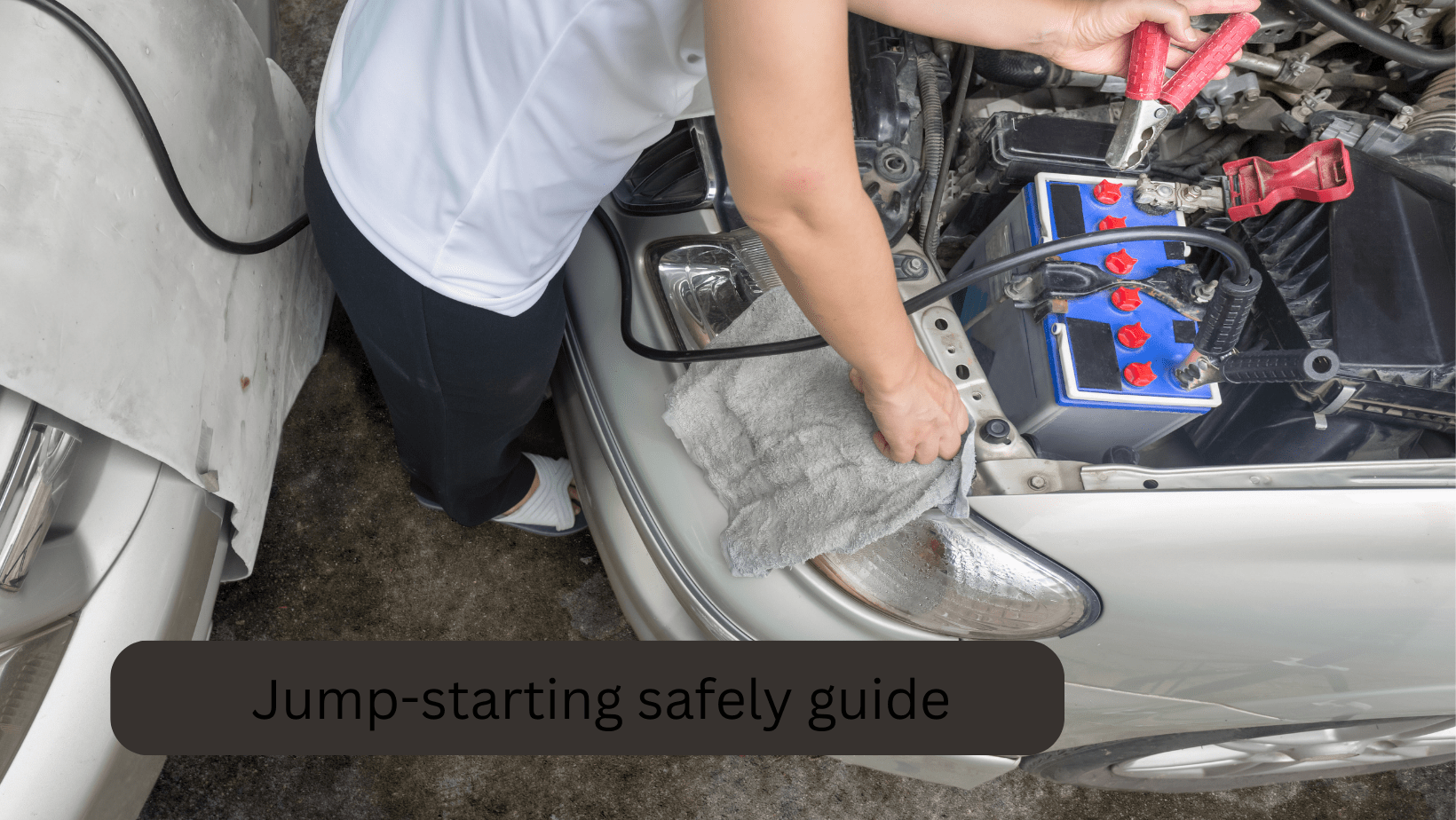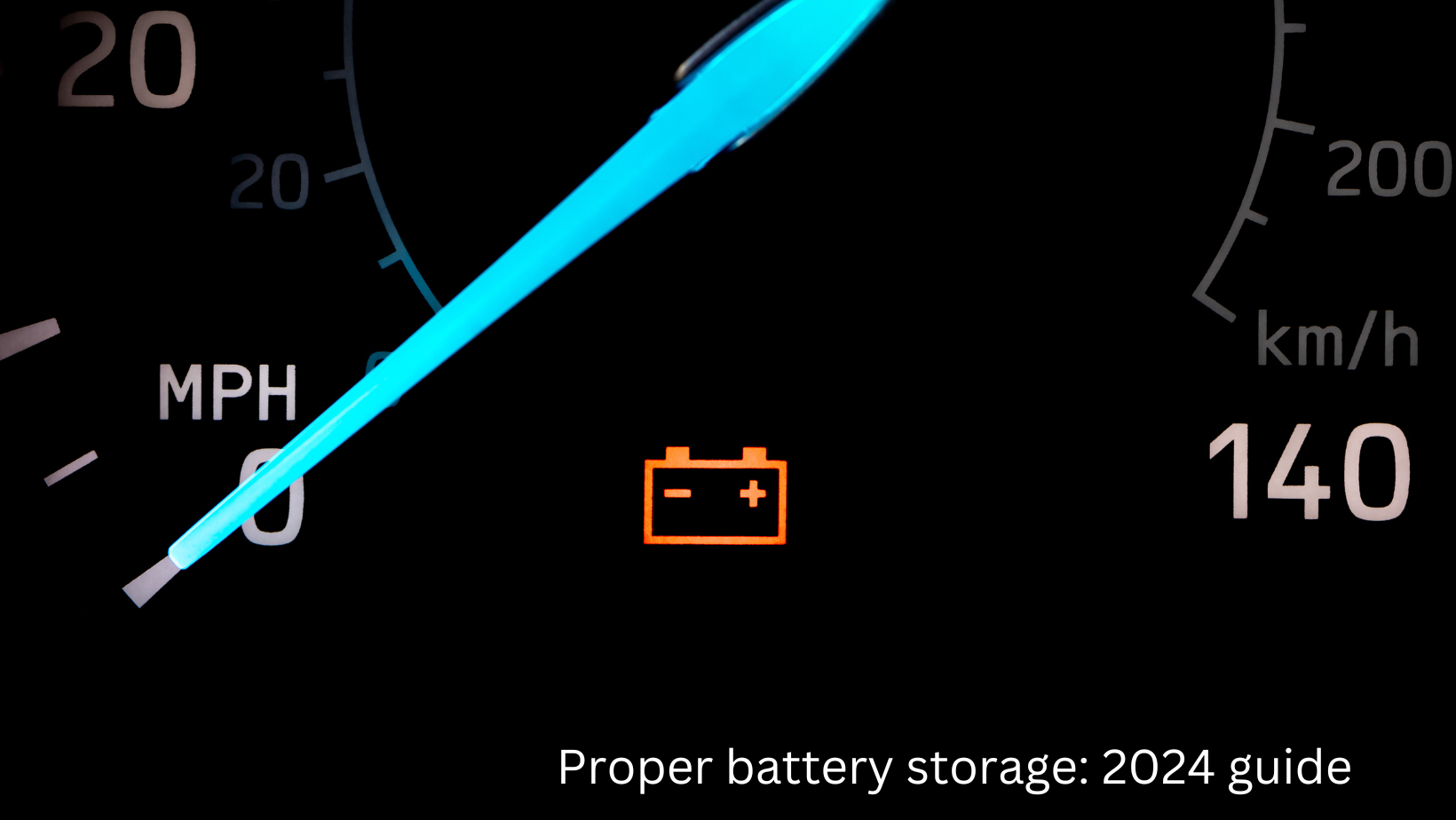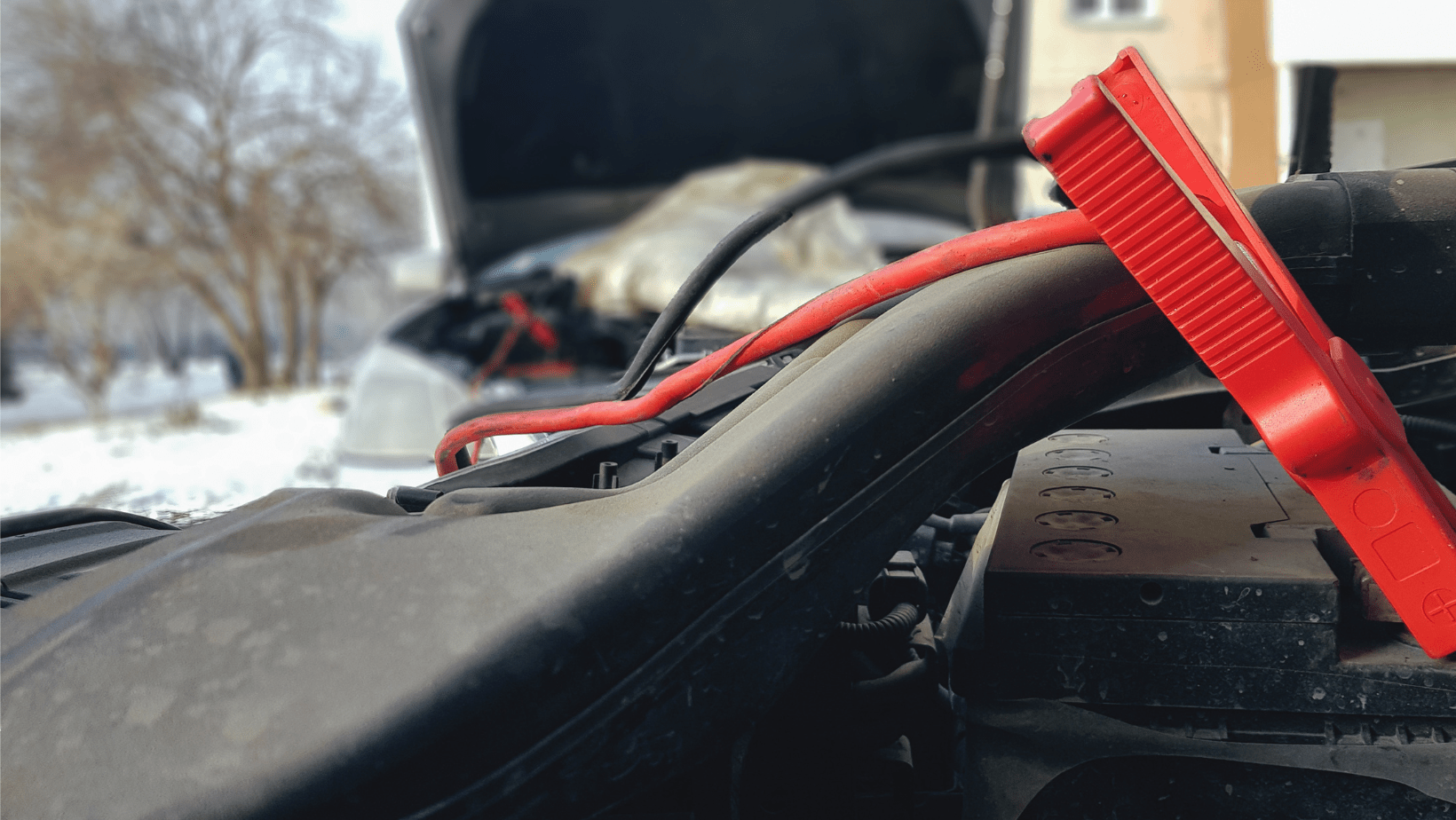In the realm of automotive care, understanding battery charging best practices is crucial for ensuring your vehicle’s longevity and performance. This guide delves into the most effective methods for charging car batteries, offering insights to help you maintain optimal battery health.
Key Takeaways
| Aspect | Detail |
|---|---|
| Optimal Charging Techniques | Slow, consistent charging is preferable. |
| Importance of a Good Charger | A smart charger can extend battery life. |
| Signs of Battery Deterioration | Swelling, leaking, or slow cranking. |
| Preventive Measures | Regular testing and maintenance are key. |
| Extending Battery Life | Follow manufacturer’s guidelines and proper storage tips. |
| Recognizing a Failing Battery | Dim lights, electronic malfunctions, and slow engine start. |
The Essentials of Battery Charging

1. Choosing the Right Charger
- Smart Chargers: These chargers adjust the charging rate based on the battery’s condition, significantly extending your car battery’s health and longevity.
- Compatibility: Ensure the charger matches your battery type (lead-acid, AGM, etc.).
2. Optimal Charging Rate
- Slow charging (trickle or smart charging) is generally safer and more effective. Fast charging should be reserved for emergencies.
3. Regular Testing
- Regularly test your car battery to monitor its health and preemptively address issues.
4. Signs of Battery Wear
- Swelling, leakage, or a slow crank can indicate it’s time for a battery change.
5. Maintenance and Storage
- Follow proper storage guidelines to avoid damage and extend battery life. Proper battery storage is key during off-seasons.
Charging Rates for Automotive Batteries: A Comprehensive Guide
Below is a table outlining various charging rates for automotive batteries. This table provides an easy reference to understand different charging methods and their respective rates, helping you choose the best option for your vehicle’s battery.
| Charging Method | Rate | Description |
|---|---|---|
| Trickle Charging | 1-2 Amps | Ideal for maintaining a full charge over extended periods. Low rate prevents overcharging. |
| Slow Charging | 2-10 Amps | Safe for regular use, minimizes the risk of overheating and extends battery life. |
| Standard Charging | 10-15 Amps | Common for routine charging. Balances time efficiency with battery care. |
| Fast Charging | 15-25 Amps | Useful for quick charges in urgent situations. Not recommended for regular use as it may shorten battery lifespan. |
| Rapid Charging | 25+ Amps | Only for emergency situations. High risk of overheating and damaging the battery if used frequently. |
Key Points to Remember:
- Safety First: Always monitor the charging process, especially for fast and rapid charging.
- Compatibility: Ensure the charger is compatible with your specific battery type.
- Preventive Care: Regular battery care and maintenance are crucial, regardless of the charging method.
Real-Life Examples and Tips

- Case Study: A 2015 Honda Accord owner consistently used a smart charger, leading to an extended battery lifespan of over 5 years, much longer than the average.
- Tip: Disconnect battery terminals when charging for an extended period. This practice can prevent potential electrical issues.
Conclusion: The Road to Efficient Battery Management
In conclusion, adopting these battery charging best practices is a straightforward path to ensuring your vehicle’s reliability and efficiency. Regular maintenance, coupled with the right equipment and knowledge, can significantly boost your car’s performance.





